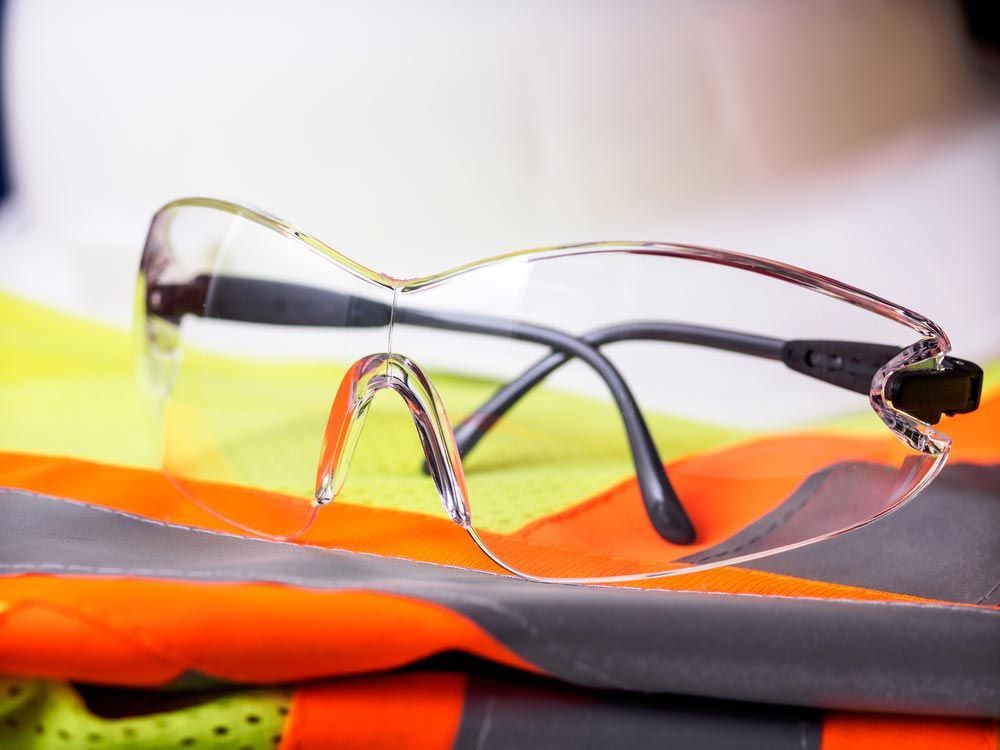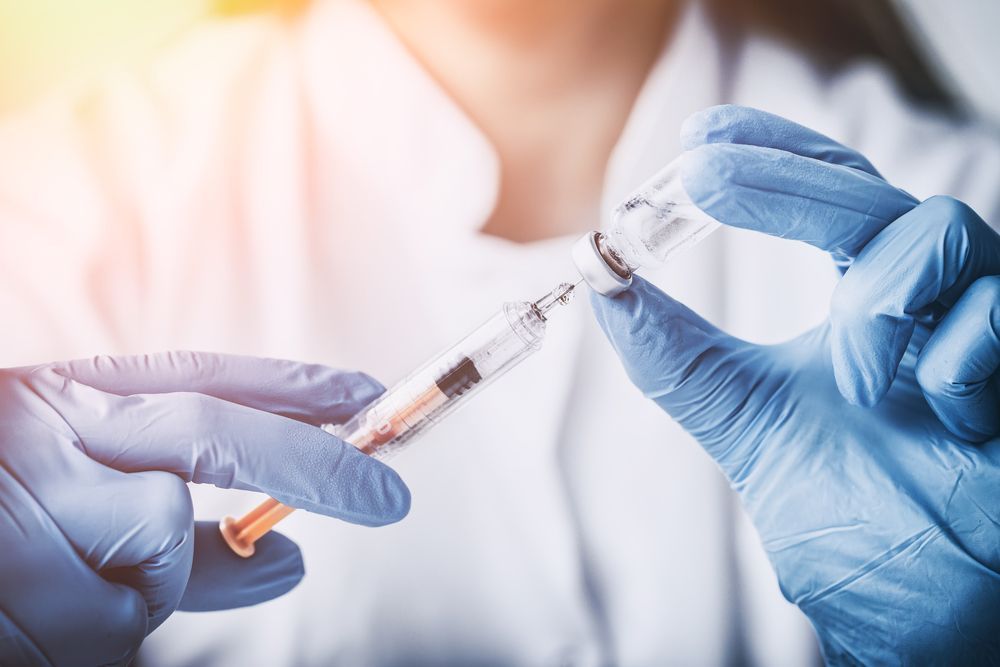Shingles Vaccine: All You Need To Know About Shingrix
Protecting our health becomes increasingly important as we age and one of the key strategies is vaccination. Shingles is a condition that can affect anyone who has had chickenpox and it becomes more common as we get older. Fortunately, Shingrix offers protection against it. In this blog, we'll provide you with detailed information about Shingrix: what it is, how it works and why it represents a significant step forward in preventive healthcare.
Understanding Shingrix: The New Standard in Shingles Prevention
Shingrix is a vaccine that's changing the way we protect ourselves against shingles. This condition, known for causing a painful rash and long-term discomfort, can now be prevented more effectively. Shingrix is made from a component of the virus itself, but importantly, it's not a live vaccine. This means it's suitable for a wider audience, including those with certain immune system issues.
Doctors now have a more potent option in their toolkit to safeguard patients, especially those aged 50 and above, from the complications of shingles. By boosting the immune system's response to the virus, Shingrix provides a strong line of defence, marking a significant step forward in preventive health measures.
The Mechanism of Shingrix: A Closer Look at Its Protective Actions
The Shingrix vaccine operates on a sophisticated yet straightforward principle. Here's how:
- Activates Immune Response: Shingrix works by stimulating your body's immune system to prepare it to fight the varicella-zoster virus.
- Lasting Immunity: It helps in developing long-term immunity by introducing a part of the virus to the body, which is enough to trigger a strong immune response without causing the disease.
- Targeted Protection: The vaccine specifically targets the immune system's memory cells, ensuring they remember how to fight the virus in the future.
Comparing Shingrix and Zostavax: Advancements in Vaccine Efficacy
While Zostavax was a significant step in combating shingles, Shingrix has set a new standard. Shingrix outshines Zostavax with its greater than 90% efficacy rate in preventing shingles, a stark improvement over Zostavax's 51%. This advancement underscores the commitment of healthcare providers to offer the latest in vaccine technology.
Shingrix Eligibility and Longevity: Comprehensive Care for Diverse Needs
Adults aged 50 and over are the primary candidates for the Shingrix vaccine. It's also recommended for those who have previously received Zostavax, helping ensure comprehensive care across the board:
- Duration of Protection: Clinical trials suggest that Shingrix offers protection against shingles for at least four years, but it is likely to last much longer.
- Booster Shots: While the full duration of Shingrix's protection is still being studied, booster shots may be advised to maintain immunity.
From 1st November 2023, Free Shingrix vaccination is now available under the National Immunisation Program for patients (with a medicare card) and for those:
- People aged 65 years and over
- First Nations people aged 50 years and over
- Immunocompromised people aged 18 years and over with the following medical conditions:
Haematopoietic stem cell transplant
Solid organ transplant
Haematological malignancy
Advanced or untreated HIV
If you previously received a free Zostavax shingles vaccine under the NIP, you are not eligible for a free Shingrix vaccine for at least 5 years.
If you purchased the Zostavax vaccine privately, you can receive Shingrix for free under the program if you’re eligible, though a 12 month wait between receiving Zostavax and Shingrix is advisable.
The Shingrix course involves having 2 doses, separated by 2- 6 months for healthy people, or 1-2 months apart for those who are immunocompromised.
If you are not eligible for the free Shingrix under the NIP program, the Shingrix vaccine can be purchased at around $280 per dose.
Possible side effects of shingles vaccination:
You may experience minor side effects following vaccination. Most reactions are mild, and last no more than a couple of days and you will recover without any problems.
Common side effects that may present 1-3 days after shingles vaccination include:
- Pain, redness and swelling at injection site
- Tiredness, muscle aches, headaches and fever
- Gastrointestinal symptoms
Serious reactions to immunisations are rare.
Take Action for Your Health with One Stop Medical
Understanding your options is the first step towards better health. At
One Stop Medical, we understand the importance of vaccines for protection against potential diseases. We encourage you to reach out to us to
learn more about the vaccines we offer. The GPs and nurses are ready to provide you with the details you need to make an informed decision about your health. Don't hesitate;
contact us today!








